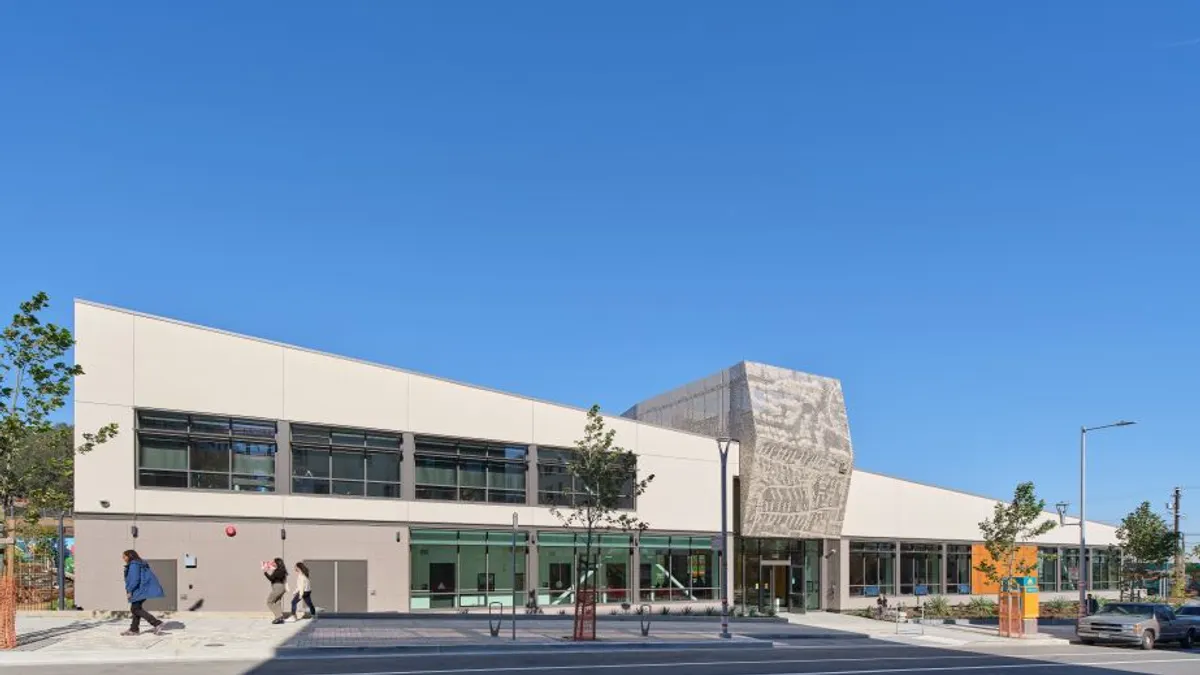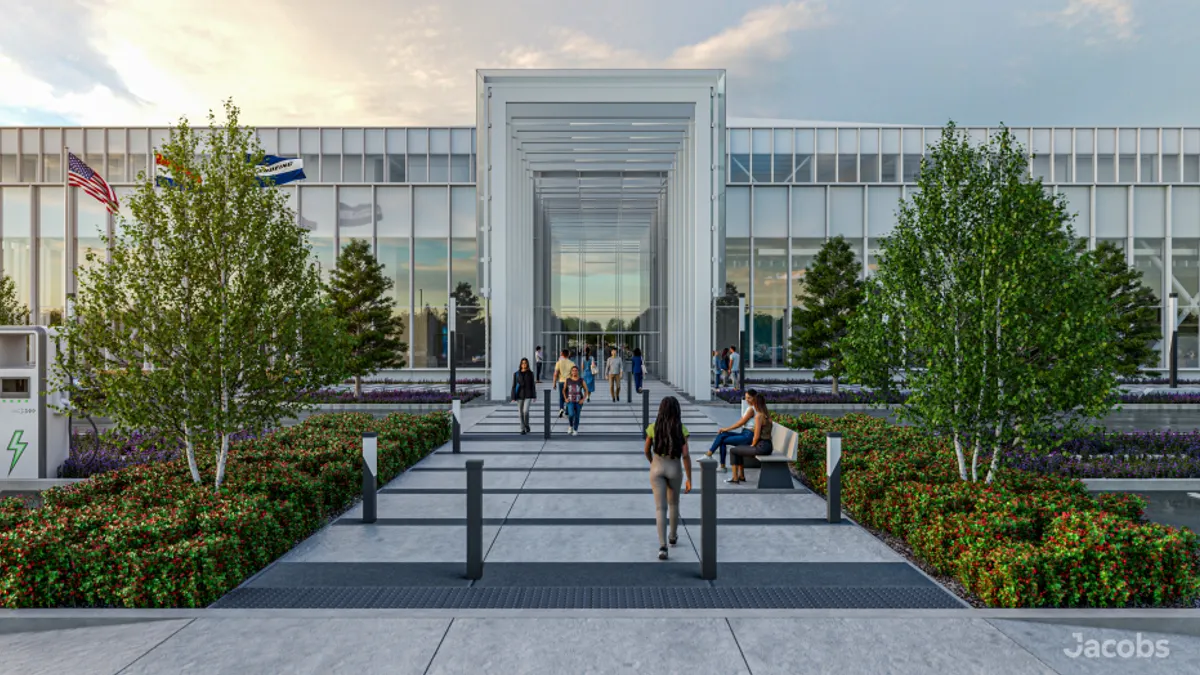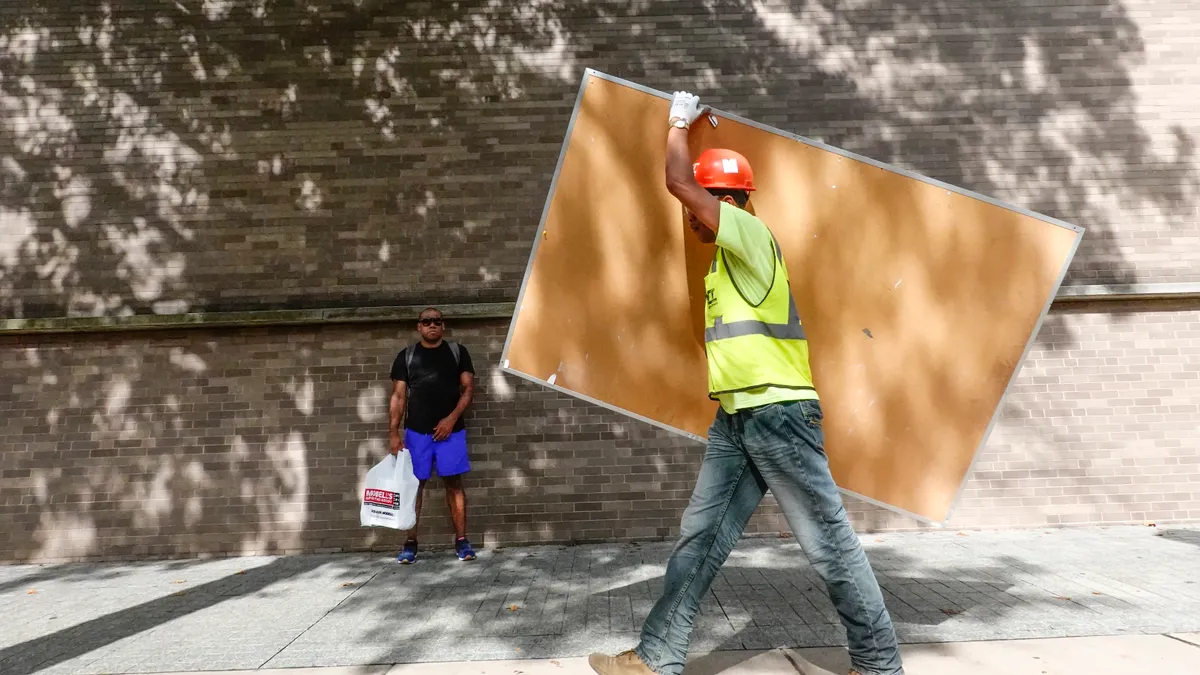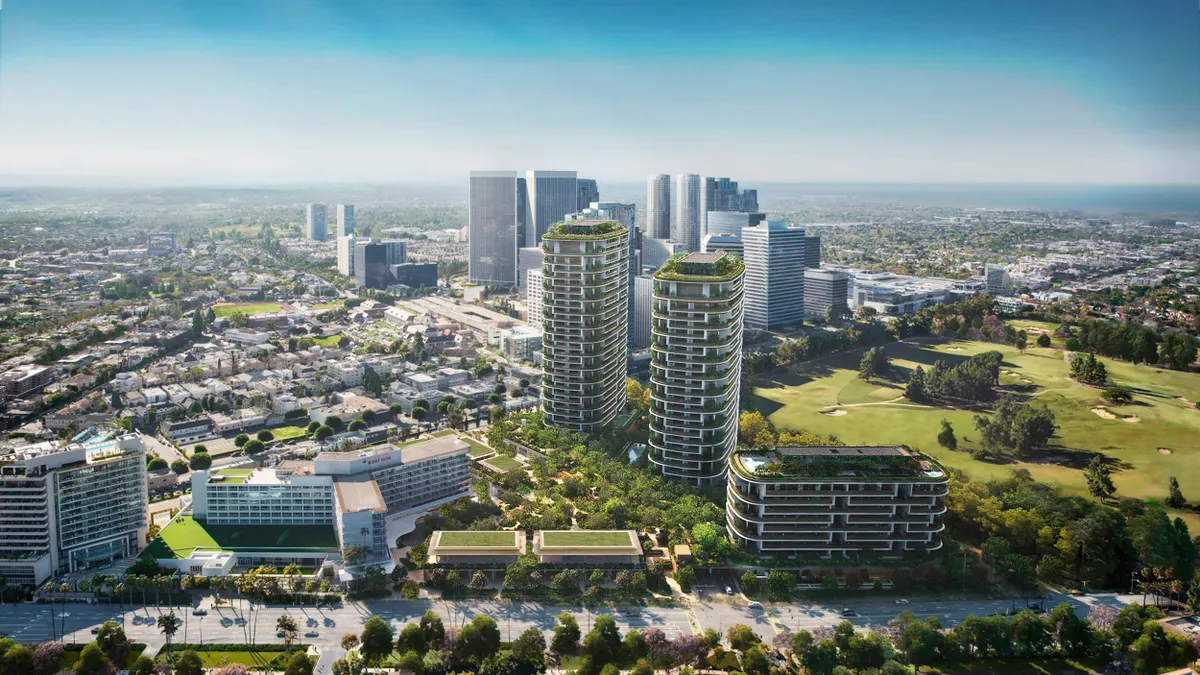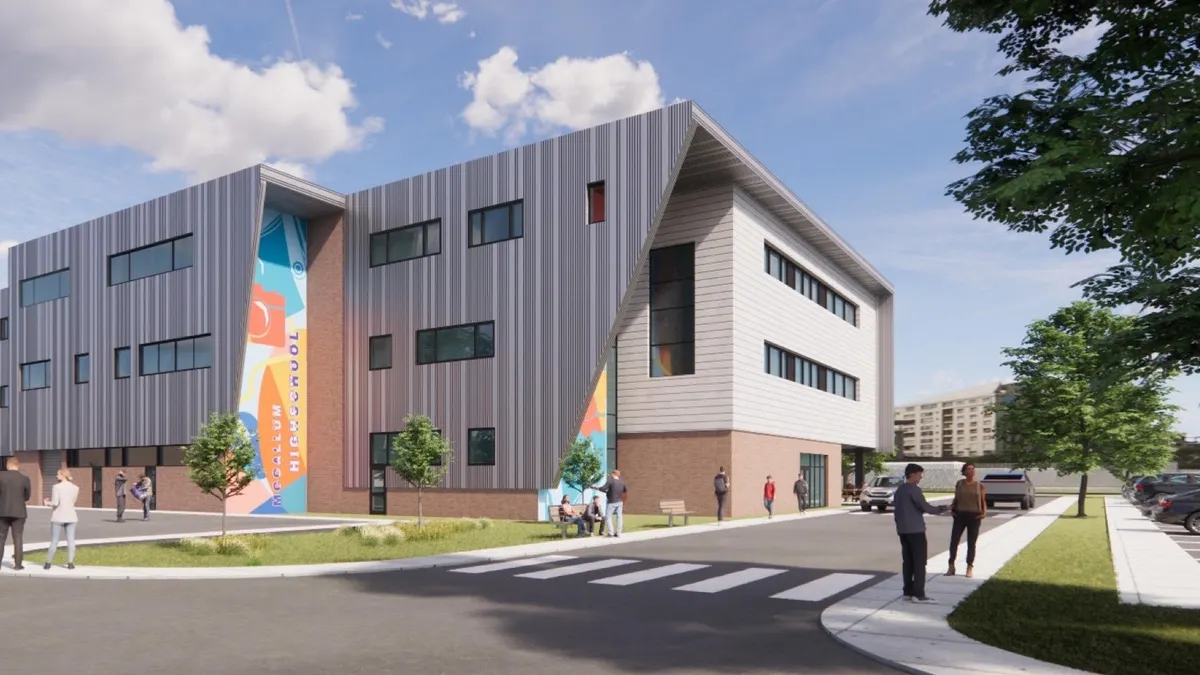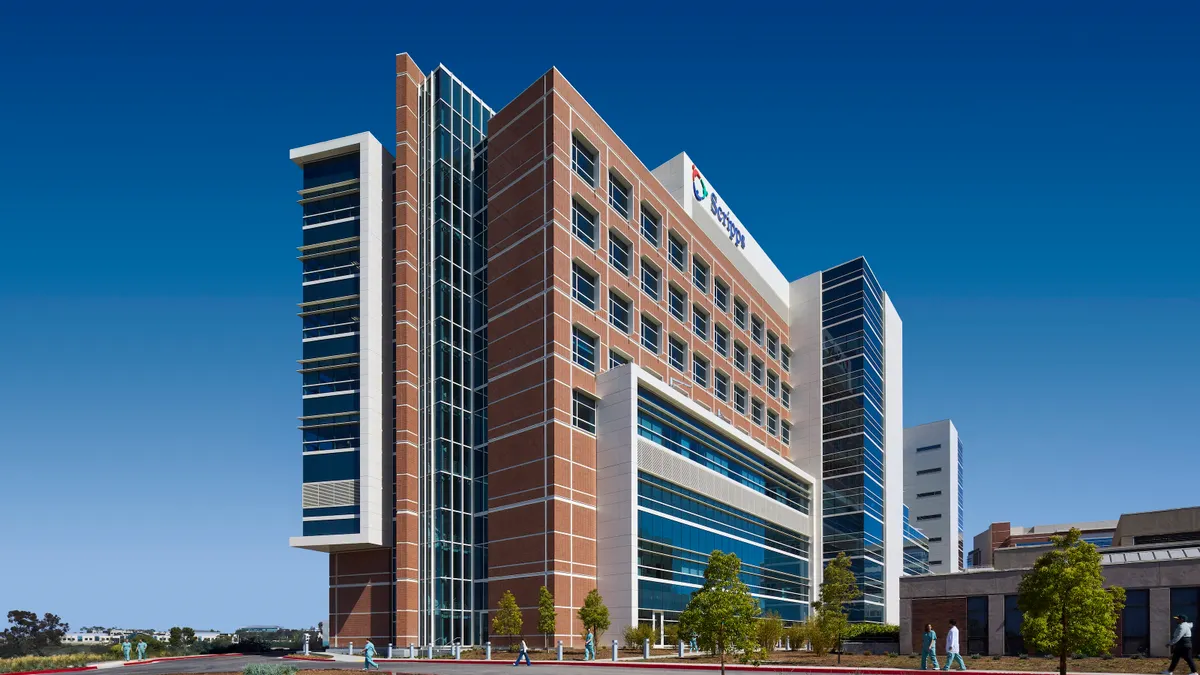A new pilot project designed to curb parking issues near construction sites in downtown Austin, Texas, will require general contractors to arrange and pay for off-street parking for their employees.
Implemented Jan. 2, the two-year Downtown Construction Workers Parking Pilot is in response to complaints about a lack of on-street parking near major construction sites. The program from the Austin Transportation Department is for downtown projects lasting for at least one year, costing more than $7.5 million and employing 30 or more on-site construction workers.
The pilot is a result of a June 2018 Austin City Council resolution that requested more parking options for developers and workers in order to reduce demand for on-street spaces while creating incentives to carpool or use other transportation options, the Austin Monitor reported. It makes general contractors responsible for covering the cost of their workers' parking spaces when those spaces cost more than off-street parking.
The project stems from feedback generated by a task force that included the Downtown Austin Alliance, the Austin Chapter of the Association of General Contractors, labor representatives, developers and general contractors.
Phil Thoden, president and CEO of the Associated General Contractors' Austin Chapter, said that the plan will increase costs for contractors. "The expectation is this will add to the project cost both in terms of actual parking costs/incentives as well as for staff time to develop and manage the plan," he said, adding that GCs will likely be responsible for subcontractor parking as well.
Public-private collaboration
Austin Parking Enterprise Manager Jason Redfern told Construction Dive that contractors as well as developers are expected to bear the costs, which should not be passed along to workers.
Under the plan, general contractors will be required to create and carry out a Construction Personnel Parking Mitigation Plan that includes a projected number of off-street spaces needed for the the project, identification of off-street parking facilities and agreements (if applicable) with private parking operators to be executed prior to use of such spaces.
"We take that to mean the GC has to arrange for the spots for their employees and then decide whether to pick up that cost directly or let the workforce pay the same amount as they currently pay for street parking," Thoden said.
Local contractors requested the pilot in lieu of passage of a proposed parking ordinance and building companies that don't comply with the program will put that approach in jeopardy, according to Redfern. During the pilot, the Transportation Department will survey workers and employers to determine not only their commute and parking behavior, but also whether such behavior changes as a result of the pilot program.
"If for some reason we are unable to achieve willful compliance, the city could end the pilot and submit a proposed ordinance that considers the limited feedback received," he said. " However, there is a great collaborative spirit between the private companies and the city of Austin, so we don’t anticipate any issues arising."
Other factors
In addition to the parking costs, AGC's Thoden said, there is added legal risk for GCs that dictate to workers where to park and someone is injured, say by a moving vehicle, while walking from that designated parking area to the jobsite.
Also, he said, local contractors question how they can be expected to direct the individual commuting and parking decisions of hundreds of subcontractors and supplier employees on a daily basis. Public transit is not a good alternative for construction workers, Thoden said, because Austin does not have robust alternative transportation options and workers often bring tools, personal protective equipment and lunch to the jobsite so parking nearby the project is the best option.
Austin's street parking is a big draw for all types of downtown workers, from businesspeople to service workers and laborers. Parking costs $2 per hour for all city-owned, on-street, metered parking spaces.
A 2017 study found that these hourly rates encourage less parking turnover, with some people using prime on-street spaces all day long, and make people less willing to pay the higher rates of off-street parking, according to the Austin Monitor.
"The problem has been that parking on the street has been very inexpensive, in fact it's often less for a full day than what you'd pay in a garage," Thoden said. "So people who come in to work on construction sites at 6 a.m. are going to take these because they are available at that time of day."
Several other U.S. cities have adopted similar construction mitigation plans that includes a component for employee parking. These include Miami Beach, Florida; Santa Monica and San Jose, California; Park City, Utah; and Mountain Village, Colorado.







